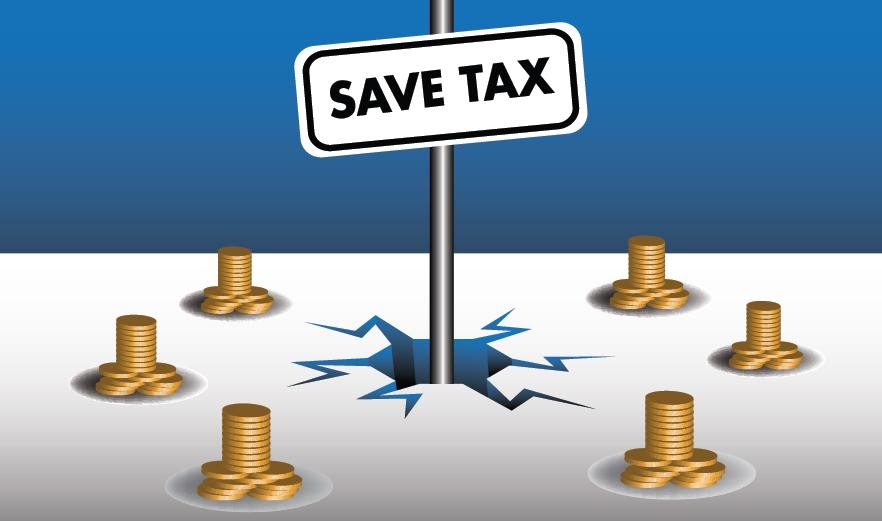Filing for reimbursement under an insurance policy can seem straightforward, but several pitfalls can delay or even jeopardise your claims if you are not careful. Many times, cheap bike insurance may cover damages, but getting a refund may be a challenge.
Being aware of these common issues when filing reimbursement claims for your motorcycle or scooter can help the process go much more smoothly. In this comprehensive guide, we highlight the top 5 pitfalls to watch out for when making two-wheeler insurance claims so you can avoid headaches down the road.
Understanding Reimbursement Insurance Claim of Bikes
Reimbursement bike insurance claims involve paying out-of-pocket for repairs and then filing to get compensated by your insurer. For repairs at non-empanelled garages, you must first clear all repair bills and then submit claims to insurers for reimbursement based on policy coverage.
However, insurers can reject claims if policies are invalid or repairs are undertaken without proper permissions. Specific grounds for claim denial include:
- Providing false information about the accident or damage
- Riding without valid documents like a licence, insurance paperwork
- Geographical location beyond policy purview
- Riding under intoxication
- Vehicles used for illegal activities
- Unapproved repairs done before intimation
So, before undertaking repairs through own arrangements, notify insurers, furnish documentation to prove damages, and ensure the locality/repairs fall within the policy scope. Adherence to the protocol is key to avoiding the financial burden of rejected reimbursement claims. Moreover, always maintain transparency and validity to avoid disappointment.
Common Issues with Bike Insurance Claims
Here are the five most common things that can go wrong in reimbursement motorcycle insurance claims.
Not Keeping Proper Documentation
The number one mistake people make when filing reimbursement claims on their bike insurance policy is not maintaining thorough documentation. Having complete paperwork is crucial for getting your money back in the event of an accident, mechanical breakdown, or other incident covered under your policy.
Be sure to keep all repair invoices, photos of the damage, police reports in cases of theft/accidents, purchase receipts for replaced parts, and any other documents related to the incident and subsequent repairs. Insurers will scrutinise the documentation to verify damage and validate parts replacements/costs when processing a claim. Missing important documents can cause denial of your claim or reduced payouts.
Limited Coverage in Bike Insurance Plan
Many cheap insurances for bikes do not provide comprehensive coverage. Policyholders are often surprised to find that damages from events like floods, riots, or mechanical/electrical breakdowns are not covered when they file claims. This results in limited payouts – or worse – outright claim denial.
To avoid unpleasant surprises, go through policy coverage and exclusions thoroughly so you understand what is and is not reimbursable under your plan. Opting for more expensive but comprehensive plans can ensure maximum reimbursements. Upgrade coverage if needed so you don’t pay out-of-pocket for repairs on uninsured incidents.
Delayed Notification to Insurer
Insurers stipulate a notification period – usually 48 hours – for policyholders to inform them of accidents, damages or other incidents that warrant a claim. While this may seem sufficient, failing to inform the insurer within the set timeframe can actually void your entire claim.
Insurers take delayed information as a sign of potential fraud, and can deny insurance claims of bikes on these technical grounds.
Incomplete Information in Claim Forms
The reimbursement claims process requires detailed claim forms to be filled with information on the loss/damage incurred and repairs conducted. However, policyholders often provide incomplete or wrong inputs on the claim application forms. For instance, incorrect licence numbers, bike model details, or date/location of incident details are commonly encountered issues.
If the information does not match up on verification, the entire claim can be rejected outright. Be meticulous when providing claim form details – match them up to policy documents, repair invoices, etc., to avoid information gaps. Cross-verification of forms before submission is highly recommended.
Lengthy Claims Assessment
Even if policyholders submit comprehensive documentation in a timely manner, sometimes verification procedures, bureaucratic delays, etc, extend this duration.
The prolonged claims cycle leaves policyholders in the lurch as they are forced to pay for repairs and replacements themselves while awaiting claim disbursal. Those without sufficient savings face extreme difficulties in getting bikes back on the road again.
Conclusion
By avoiding the above pitfalls, you can streamline 2-wheeler insurance policy reimbursements, saving time, money and hassle. Thorough documentation, sufficient coverage, prompt information sharing and meticulous form filling go a long way in facilitating smooth claims.
Leading players like Tata AIG have robust claim frameworks that policyholders can leverage for seamless reimbursements.













Comments